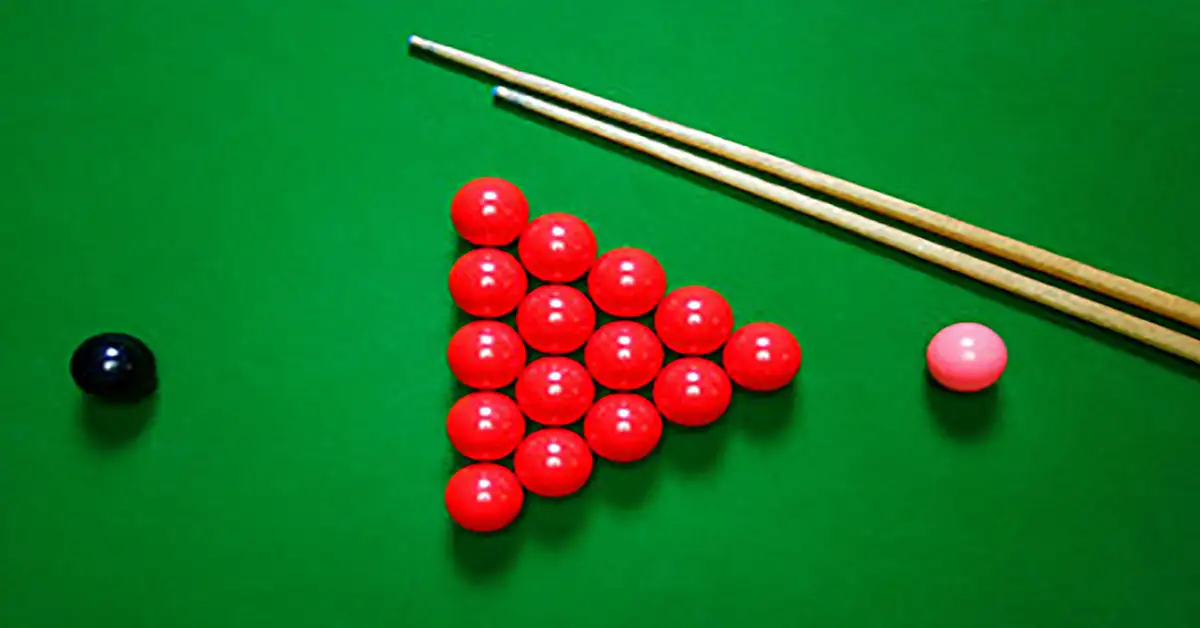The Art of Choosing the Perfect Snooker Cue
If you’ve ever stood in a snooker hall, watching the pros glide around the pooltable with seemingly effortless precision, you might have felt a twinge of envy,or perhaps even a glimmer of hope. Maybe you’ve dreamed of picking up a cue that feels like a natural extension of your arm, one that seems to whisper promises of flawless breaks and perfect positional play.
But here’s the thing: choosing the right snooker cue isn’t just about grabbing the first stick you see or choosing the coolest design. It’s an art and a science, and choosing the right cue can be the difference between lifting you from a frustrating match and giving you a sense of accomplishment.
Why Your Cue Matters More Than You Think
Think of your billiard cue as your silent companion. It accompanies you through every frame, every pocket, and every strategic and safe shot. If the English pool cue isn’t the right fit—too heavy, too light, bent, or with a poorly shaped cue tip—it not only makes your shots harder but also undermines your confidence, making even your favorite shots feel like an uphill climb.
A good cue, on the other hand, becomes an extension of your body and mind. Thebalance feels natural, perfectly weighted, and the cue tip grips the cue ball with reliable precision, helping you deliver the spin and control that separates the novices from the seasoned players.
Recognizing Red Flags: When Your Cue Is Holding You Back
Have you ever noticed:
- Your shots are off target despite perfect alignment?
- Your cue ball slides or bounces unpredictably?
- Your hand aches or feels cramped after just a few frames?
These could be signs that your cue stick isn’t right for you. A bent cue shaft or an uneven cue tip can affect your alignment. An unbalanced weight can cause muscle fatigue and affect the fluidity of your strokes.Ignoring these signs is like driving a car with a faulty tire—you might get to your destination, but the ride will be bumpy.
The Craftsmanship Behind a Great Cue
High-quality snooker cues are made from straight, seasoned North American ash, prized for its strength and smooth grain. The straightness of the cue shaft is crucial—it can’t bend even slightly, or your shot will lose its original line.
The butt often features elegant splicing, combining ebony or other hardwoods, not only for aesthetics but also for durability and balance. And the cue joint — the connection between cue shaft and butt — should be tight and seamless, making the pool cue stick to feel like a single, integrated piece, rather than split into two halves.
And then there’s the cue tip, typically made frommultiple layered leather, shaped and sized (usually around 9.5-10mm) to suit your playing style. A well-shaped tip grips chalk perfectly, allowing subtle spins that keep your cue ball on the intended path.
Matching Your Cue to Your Style and Body Type
Your ideal snooker cue depends on more than just brand or price. Consider:
- Length: Standard cues lengths around 57-58 inches, but taller players might benefit from longer cues to maintain comfort and control.
- Weight: A balance between around 18-20 ounces is typical. Lighter cues offer finesse; heavier ones provide power and stability.
- Tip Size: Smaller tips (9-10mm) give precision for snooker’s delicate shots; slightly larger tips might suit players seeking a bit more control on faster shots.
If possible, try a few. A well-fitting billiard cue should feel as natural as your favorite pair of shoes—familiar and comfortable from the first step.
The Confidence Boost: The Right Cue Changes Your Game
A well-fitting cue not only improves your technique but also your spirit. You’ll notice a more upright stance, a more relaxed grip, and a smoother stroke. Confidence builds because you’re no longer fighting the billiard snooker cue, but working with it.
This shift often results in cleaner breaks, more precise positioning, and fewer frustrating mistakes. Suddenly, those shots you used to dread become challenges you eagerly accept.
Caring for Your Cue
Once you’ve found your perfect cue, treat it with respect. Regularly check the cue tip and replace it when worn, keep the cue shaft clean and dry, and store your cue in a quality cue case to avoid warping or damage.A well-maintained cue stick can last for decades, becoming not just a tool but a treasured companion on your cue sports journey.
If you’ve been struggling to improveand haven’t seen progress despite practice, don’t overlook your equipment. Sometimes the difference between frustrating misses and satisfying pocket shot isn’t a matter of hours of practice, but the right cue in your hands.
Choosing your cue wisely is an investment—in your confidence, your technique, and your enjoyment of the game. So, next time you step up to the table, make sure your cue is more than just a stick. Make it your partner.
Choosing cues wisely is an investment—an investment in your confidence, your technique, and your enjoyment of the game. So, next time you step up to the table, make sure your cue is more than just a stick. Make it your partner.













